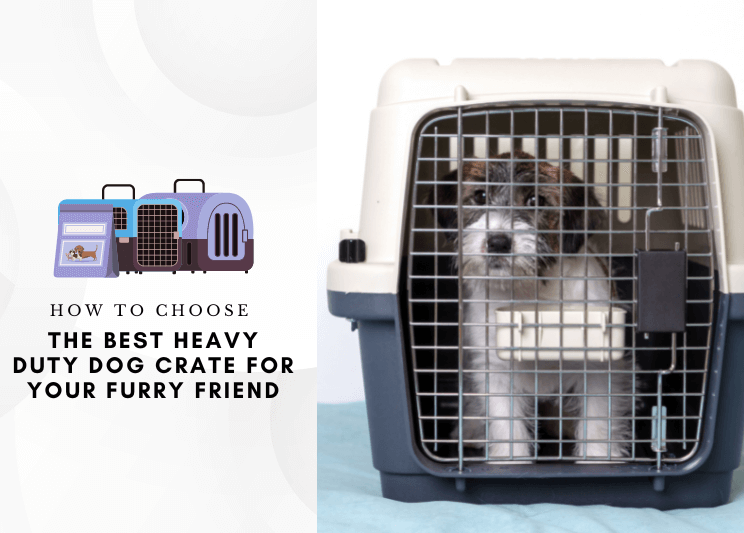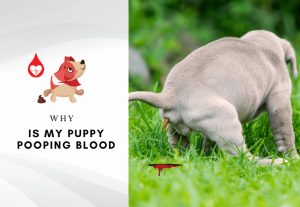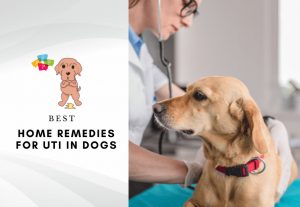Expressing a dog’s anal glands is perhaps the least enjoyable task for dog owners. The glands can become impacted and need to be emptied to avoid being infected and abscessed.
When the glands are not empty, they can be impacted, and this is very painful and uncomfortable for your furry pal. The normal size of the glands is like the size of a common bean, but when they are full, the sacs will swell and feel hard.
The impacted glands are usually very sensitive, and your pup may respond as if he is in pain when you touch him near the area.
In this article, I will discuss how you can know when your dog’s glands need to be expressed, but before I proceed, let’s look at some important questions that will give you a wide understanding of this topic.
What Are Dog Anal Glands?
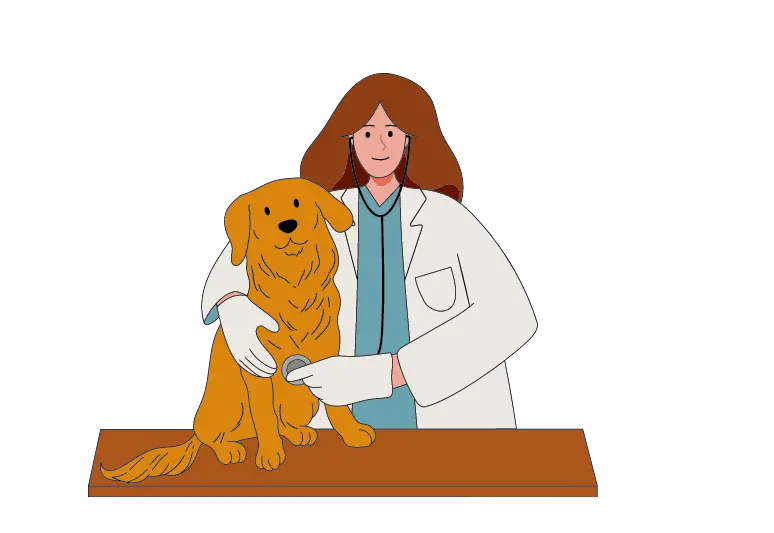
Dog anal glands are two small sacs that are located on each side of your dog anus. These glands release a smelly fluid every time your dog defecates. This fluid communicates to other dogs all they need to know about your dog, which includes his age, gender, health, and many more.
Both female and male dogs have anal sacs to express this liquid buildup.
Sometimes the fluid is not naturally released; human intervention may be required to offer relief when this happens. This task can be carried out by a veterinarian or a trained dog groomer.
What Causes Dog Anal Glands to Fill?
Your dog diet can cause anal glands that don’t empty on their own. Large, strong stools usually cause the anal glands to release. Small or loose stools may not trigger the anal glands, and if it continues, the glands will continue to fill up.
So at times, your dog poop can be that perfect firm, but your dog still has full or impacted glands.
Another cause for this problem is if you empty them when it is not necessary. If your dog has no problem in this area, it is better to leave it alone.
Healthy-k9 is a great online source that features deep research into how commercial food can pose bad impacts on canines' health and is proven to be fatal for them. It describes the reasons that invite the early death of a dog and what role food industries play in promoting this.
The main goal of the program is to teach dog owners how they can easily prepare fresh meals for their pets that are healthier and tastier than anything bought from the local pet store.
- You will find everything you need to give your dog a healthy diet so that he or she can live a happy and energetic life.
- Contains over 50 nutritionally well-balanced and tested recipes that your dog will love.
- Great source of information on dog's health issues and how to prevent them.
- Presents facts and truths from proven research and data collection.
- Expert advice is given to support the claims.
How to Know if a Dog Needs His Anal Glands Expressed?

Sometimes your dog’s anal glands may be unable to empty on their own. This can happen when the dog has loose poops for a long time. A dog with anal gland problems may show some signs and symptoms of impacted glands.
To know when your dog needs glands expressed, you need to look out for the following signs:
1. Your Dog Is Dragging Its Butt a Lot
One of the most common signs of impacted anal glands is when a dog begins to drag his butt. Anal glands that are full don’t look nice and they also don’t feel good with your dog. The increasing stress on these glands can be very uncomfortable for your dog. He may show that discomfort by dragging his butt on the floor.
2. Your Dog Is licking and Biting His Butt
If your dog continues to lick and bite his butt or around the tail, this shows there is a problem. Dogs often try to deal with impacted glands by constantly licking and biting their rears to express their glands on their own. If you notice excessive biting and licking in combination with scooting, then this is perhaps a sign that your dog needs glands expressed.
3. The Presence of a Stinky Odor
If your pup’s anal glands are full, they may leak out a pungent, stinky odor. This will smell just like feces but much stronger. It is definitely something you will notice. The smell is from the anal glands that are full and is leaking some fluid. It may smell on your furniture, or it may be coming from your dog. If you observe this smell, it could be a sign that your dog’s anal glands are not properly empty on their own and should be expressed.
4. The Presence of Stains Where Your Dog Sits or Lies Down
Sometimes, you may notice stains where your dog sits or lies down, like on your furniture, carpets, or even on your lap. In such a case, don’t ignore the symptoms; this may be a clear sign that your furry pal needs glands expressed. Contact your veterinarian immediately; a proper diagnosis from your vet will determine the exact problem.
5. Your Dog Has Difficulty Defecating
In some cases, the anal glands may become painfully swollen. In such a case, your dog may seem unwilling to defecate. This can be a result of impacted anal glands’ discomfort. Dogs with this problem tend to show any obvious symptoms. If your dog shows some of these symptoms don’t waste time, take him to the vet.
Who Can Empty Dog Anal Glands?
Always seek your veterinarian’s advice first, to confirm there is no infection and that the problem is anal glands. If this is an uncommon problem, your vet or local dog groomer can handle it. Otherwise, you can do it yourself; it is a simple procedure.
But for the first time, it is best to take your dog to your vet so that he or she can examine your dog.
Once infections have been ruled out, you can handle the situation at home next time. A good vet will be happy to guide you on how to do this.
- SUPPORTS HEALTHY ANAL GLANDS: Glandex is scientifically formulated to support healthy anal glands. With key ingredients including pumpkin seed, Glandex promotes natural emptying of the anal glands & supports digestive health & seasonal allergies.
- GUARANTEED TO BOOT THE SCOOT: Glandex results are guaranteed to help your pet Boot the Scoot!” in 3-5 weeks & comes with a 100% satisfaction guarantee.
- VETERINARIAN RECOMMENDED: Glandex is recommended by thousands of veterinarians worldwide & was developed by leading veterinarians to specifically support healthy anal gland function
- PATENTED FORMULA: Glandex’s patented formula includes all-natural ingredients to keep your dogs anal glands healthy including a Unique Fiber Blend, Omega Fatty Acids, Digestive Enzymes, Prebiotics & Probiotics
- MADE IN USA: Glandex is proudly made in the USA using the highest quality ingredients. Glandex is easy-to-use and comes as an irresistible beef liver powder! Give once daily based on your pet’s weight. Great Value - Lasts 7 months for a 20 pound dog!
Prices pulled from the Amazon Product Advertising API on:
Product prices and availability are accurate as of the date/time indicated and are subject to change. Any price and availability information displayed on [relevant Amazon Site(s), as applicable] at the time of purchase will apply to the purchase of this product.
- ✅ 100 PLANT-BASED WIPES -- Earth Rated lavender scented wipes measure 8x8, and are proudly USDA-Certified 99% biobased. Wash your dogs face, paw, foot, and tushie without leaving wet residue or funky smells. Compostable when finished to reduce the carbon pawprint!
- ✅ EVERYTHING you want in a dog wipe -- All natural shea butter, aloe, and chamomile keep fur soft and luxurious while smelling fresh. Fit for the most sensitive puppies. Free of sulfates, and alcohol so theyre mild enough for daily use.
- ✅ GENTLE, YET DURABLE -- Not only are these wipes gentle and hypoallergenic...but ultra-durable, and able to stand up to sharp puppy nails. Daily use is most common, however, customers also love using our wipes for stressed out foster dogs, and post-surgery when regular baths are not an option.
- ✅ VERSATILE -- Love to take your furry friend on the go? Portable packaging allows for easy travel and keeps your wipes extra damp, even long after opening! The hard plastic snap closure makes it easy to pull out one wipe at a time, then sealed for maximum freshness.
Prices pulled from the Amazon Product Advertising API on:
Product prices and availability are accurate as of the date/time indicated and are subject to change. Any price and availability information displayed on [relevant Amazon Site(s), as applicable] at the time of purchase will apply to the purchase of this product.
How Often Should I Express My Dog’s Anal Glands?
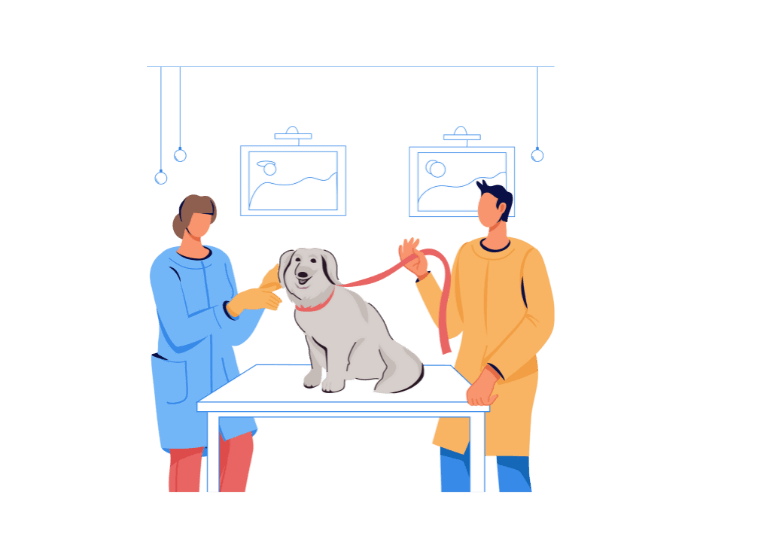
The answer to this question varies; sometimes, the glands only need to be empty once in a dog’s lifetime. But some dogs have persistent problems with their anal glands not emptying naturally. For example, some dogs’ anal glands can be empty once or twice a year, some as often as every month.
Whenever you see the signs mentioned above, it is possible that the glands have filled up again. How often you need to do this varies from dog to dog, but checking it every month is a good starting point.
Conclusion

As you can see, having impacted anal glands is not comfortable for your dog. That is why it’s important to keep an eye on your dog’s butt. So that if any issue arises, you can easily and quickly deal with it either at home or by seeing your vet before it becomes serious.
That being said, there is nothing left but to thank you for your attention up to this point.
I hope I have been helpful, and I wish you many moments of joy and satisfaction in the company of your beloved puppy.
Of course, if you have any questions or concerns along the way don’t hesitate to contact me.
Thank you for reading and have a great day!
Until next time!
A big hug.
Read also:



